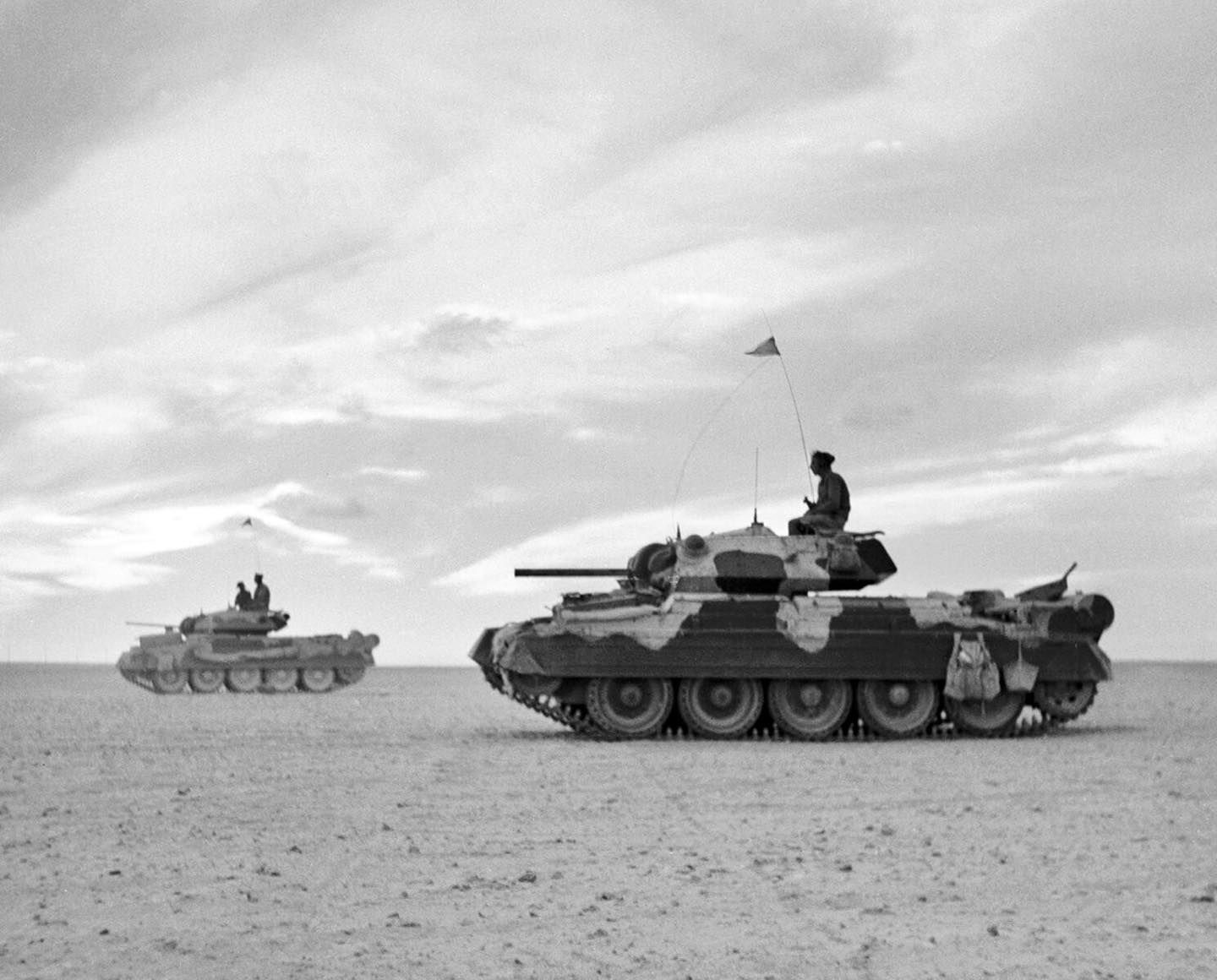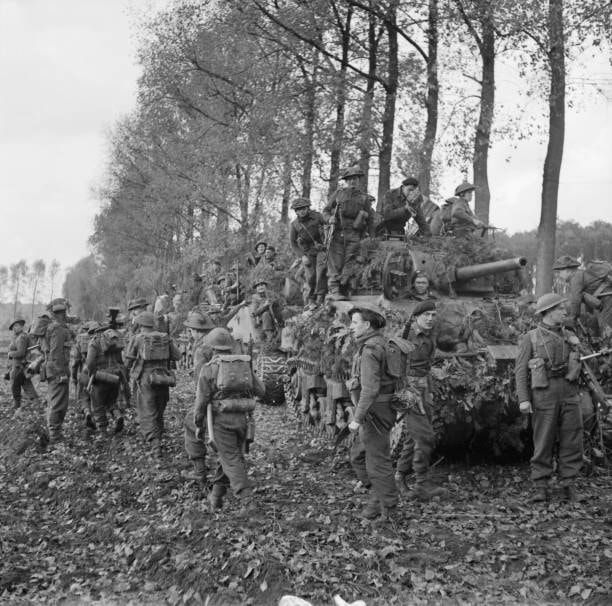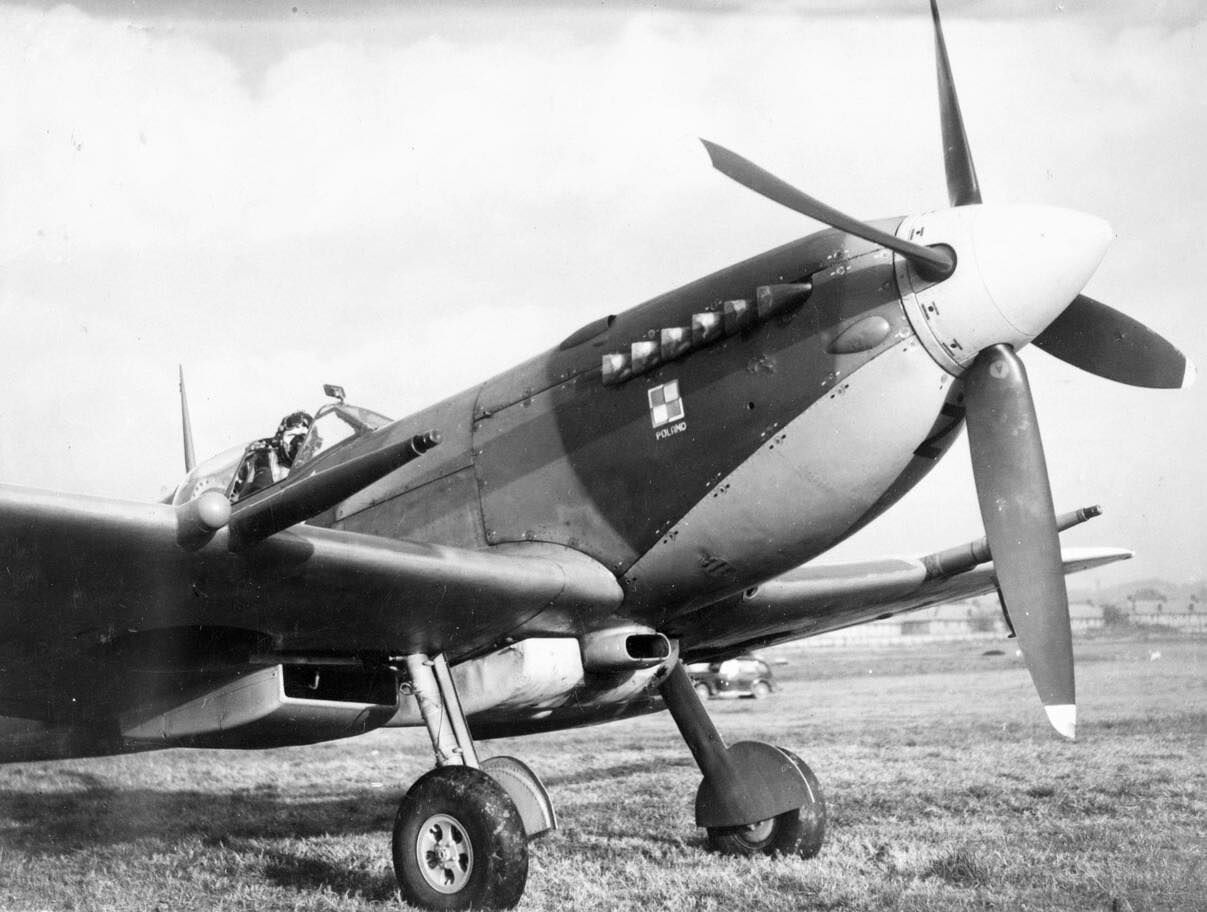Thanks Marc. As always an informed and informative response.
On this day during W.W. 2
-
October 26, 2024 is the 80th anniversary of the end of the Battle of Leyte Gulf. I’ll also be covering a few events that happened in the days afterward that were still connected to Leyte Gulf.
By this point, most of the fighting had ended, with the only event being the light cruiser Tama from the Northern Force, already crippled by Halsey’s airstrikes, being sunk by an American submarine (actually this took palce at 23:10 on October 25, but it’s close enough).
Overall, the Japanese experienced greater losses in the battle than the Americans, having lost 3 battleships, 1 fleet carrier, and 3 light carriers amongst others. The US Navy lost no ships bigger than the light carrier.
By the end of it, of the surviving battleships, only the Yamato, Haruna, Ise, and Hyuga were still battleworthy, with the Nagato and Kongo needing repairs.
The battle was a catastrophic loss for the IJN, as the failure to prevent the Americans from liberating the Phillipines meant that Japanese oil supplies would be cut off, preventing most of the surviving ships from being used in any significant way (this reasoning was actually why the Japanese head of the Combined Fleet, Soemu Toyoda, launched the attack in the first place despite the odds).
With the exception of Operation Ten-Go, which saw the Yamato and most of her supporting ships annihilated by American aircraft, the IJN’s surface ships would spend the rest of the war either as floating anti-aircraft batteries (the fate of most of the damaged larger ships), with the ones stationed in the home islands destroyed by American airstrikes on Japanese ports, or convoy missions, where many were sunk by American aircraft and submarines around the Phillipines later in the campaign (this fate awaited most of the Japanese destroyers). Whatever carriers Japan had left would be relegated to aircraft transports.
By the end of the war, with the Kongo sunk by an American submarine and the Ise, Hyuga, and Haruna destroyed in a large American attack at Kure’s naval base, the Nagato would become the only Japanese battleship still afloat (itself expended in US nuclear tests later in the 1940s).
The sole survivor of the Southern Force, the destroyer Shigure, already known for its incredible luck (alongside Yukikaze) surviving brutal battles, ultimately met its match when sunk by an American submarine early in 1945.
Halsey’s mistakes that nearly led to disaster would lead to heavy criticism, although his status meant that he would continue co-leading the war effort against Japan (alongside Spurance) in charge of the Fast Carrier Task Force.
Kurita’s retreat during the Battle of Samar led to criticism by the Japanese high command for not fighting to the death not too different from Gunichi Mikawa’s retreat during the Battle of Savo Island in 1942, where after inflicting lopsided losses during night surface combat, withdrew before he could destroy the transports landing at Guadacanal. Kurita was reassigned to an unimportant position, but would defend his withdrawal for the rest of his life, claiming he did it to save the lives of his men, having long believed the war was lost. He died in 1977.
Decades later, in 1975, Austrian historian Helmut Pemsel would determine by a semi-objective grading system that the Battle of Leyte Gulf was the largest naval battle of all time.
After 80 years, the Battle of Leyte Gulf still inspires countless what ifs and speculation and the stories of Kurita and Halsey continue to inspire people (mostly just me).
-
-
S Navy Sailors, survivors of the Battle off Samar the previous day, are rescued by a USN ship - October 26, 1944
Some 1,200 survivors of Gambier Bay CV 73, USS Hoel DD 533, USS Johnston DD 577, and USS Samuel B. Roberts DE 413 were rescued during the days following the action.
US Army Signal Corps - SC-278010
Pvt William Roof Photographer
-
Nice.
-
British Crusader tanks at sunset during the Battle of El Alamein in North Africa - October 27, 1942
IWM - Silverside, John (Sgt) Photographer
IWM E 18642
-
Oct 27 1942 the USS Hornet sinks during the battle of Santa Cruz. Picture is a Val dive bomber crashing into Hornet during the battle.
By U.S. Navy - U.S. Navy photo [1]/[2] from Hyperwar, Public Domain, https://commons.wikimedia.org/w/index.php?curid=879041
-
Incredible picture of an International Harvester Tractor photographed on the wreck of USS Hornet CV-8
This tractor would have been used as an aircraft tug
USS Hornet CV-8 was sunk during the Battle of Santa Cruz in the early morning hours of October 27, 1942 with the loss of 140 of her crew
Her wreckage was discovered on January 20, 2019 by RV Petrel
Picture Property of Paul G. Allen / Vulcan LLC

-
Impressive!
Ah… Santa Cruz… Japan’s last “major” victory…
(Major in quotation marks because the term in this case is subjective and it was still only a pyrrhic victory).
-
The Infantry of 51st Highland Division and Sherman M4 Composite tanks near Udenhout, Holland, 29 October 1944.

-
Nice.
-
Today, October 29th, is the 80th anniversary of the beginning of the Budapest Offensive, an attack by the Red Army’s 2nd and 3rd Ukrainian Fronts (imagine having so many army groups you can’t think of any unique names and have to number them) against German and Hungarian puppet forces to capture the city of Budapest (obviously).
The Offensive wouldn’t end until 1945, and the fighting in and around Budapest would be brutal, with the Germans mounting several attempted semi-major counteroffensives.
-
As the US continues to grapple with 2024’s elections, November 7, 2024, marks the 80th anniversary of the 1944’s elections.
Incumbent Franklin Delano Roosevelt and his new running mate, Harry Truman, won by a landslide against Thomas Dewey.
Due to Roosevelt’s declining health, his death early in 1945 caused Truman to take over and direct the rest of the American war effort, with long-standing effects for the postwar era and the early Cold War.
-
November 8, 2024 is the 80th anniversary of the end of the Battle of the Scheldt.
Following the failure of Operation Market Garden, the First Canadian Army led a month-long effort to clear the Scheldt river of German forces to open up the port of Antwerp for shipping. Following the victory, it would take several more weeks for the river to be demined and Antwerp deemed safe for ships. The time it took to clear Antwerp and the resulting supply shortages along the Western Front was a major factor in prolonging the war to 1945.
-
Flight Lt Józef Żulikowski of No. 306 Polish Fighter Squadron in the cockpit of his Spitfire IXC (BS456, UZ-Z) at RAF Northolt - November 16, 1942
Daily Sketch Photographer
IWM HU 87411 WWP-PD
-
Nice.
-
November 21, 1944, is the 80th anniversary of the sinking of the Japanese battleship Kongo.
Built originally in Britain as Japan’s first battlecruiser before World War 1, the ship was incredibly powerful for its time and would be a forerunner for Britain’s best battlecruiser during the war, the Tiger (unless you count the Renowns, I’ll let you decide for yourself).
The ship’s design was successful and three more ships, the Hiei, the Kirshima, and the Haruna, would be built (2 in Japan’s shipyards with British aid).
Between the wars the class was upgraded to become fast battleships, with increased armor. Despite this, they were still generally considered somewhat inferior to the US Navy Standard series of battleships in both armor and firepower (though significantly faster). The speed of these ships, faster than any American battleship and stronger than any cruiser, spurred the US to build the fast, powerful Iowa class battleships.
During the Pacific War, thanks to their speed, the Kongo class was used more than any other Japanese battleship, escorting Japanese aircraft carriers in the Battle of the Midway.
The Kongo and the Haruna, led by Admiral Takeo Kurita, would launch a successful nighttime bombardment attack against Henderson Field during the Guadacanal Campaign, temporarily putting it out of service and allowing Japanese supplies to pass through unmolested. This success would lead to a similar attempt by Hiei and Kirshima that would cause a series of nighttime actions known as the Naval Battle of Guadacanal, where both were sunk.
The Kongo and Haruna would participate in the Battle of Leyte Gulf, with both escaping successfully.
About a month later, while transiting the Formosa strait with other members of the First Fleet (including Yamato and Nagato) from Brunei to Kure following an air raid on the former, Kongo and the escorting destroyer Urakaze were sunk by the US submarine Sealion. Before the ship’s evacuation could be completed, its forward magazine exploded, killing most of its crew.
-
Yesterday, November 29th, 2024, marked the 80th anniversary of the sinking of the Japanese aircraft carrier Shinano.
Originally thought of as the third Yamato class battleship, following the Battle of Midway the Japanese made plans to rebuild it as an aircraft carrier. However, as the ship was already laid down and significantly in production, they were unable to finish it as a fleet carrier and instead made it a heavily armoured support carrier. In this role, it would act a “backup” carrier, holding supplies and reserve aircraft for other carriers, similar to the British carriers Unicorn, Perseus, or Pioneer.
On October 28, 9 days after commisioning, the ship, carrying 6 Shinyo suicide boats and 50 Okha suicide bombs, began sailing from Yokosuka to Kure, where final preparation would take place for the ship to deliver its cargo to the Phillipines and Okinawa. However, on the way there, the American submarine Archerfish detected it and managed to lob 4 torpedoes at it. Thanks to the ship’s semi-unfinished state, poor Japanese design and construction, and mistakes by the crew, the carrier sunk. It remains the largest ship ever sunk by a submarine.
-
Janurary 12th, 2025, is the 80th anniversary of the beginning of the Vistula-Oder Offensive, a major combat operation by the Red Army where they advanced 480 kilometers from the Vistula river to the Oder river in less than a month, decimating German resistance and ending up less than 70 kilometers from an undefended Berlin. The campaign was halted to allow for mopping-up operations against Zhukov’s northern flank in Pomerania. During the offensive, the Auschwitz concentration camp, among others, was liberated. Following this success, most of Poland was liberated.
The same day marks the 80th anniversary of the simultaneous, smaller-scale Western Carpathian Offensive, where the 2nd and 4th Ukrainian Fronts penetrated into eastern and central Slovakia.
-
January 13th, 2025, marks the 80th anniversary of the beginning of the East Prussian Offensive, a large-scale invasion of East Prussia by the Soviets. The successful campaign led to the conquest of much of the region, isolating German forces in several coastal pockets, and helped set up future Soviet penetrations into Germany, particularly Pomerania. The Offensive took place on the right-flank of the concurrent Vistula-Oder Offensive that began a day earlier.
-
January 25, 2025, marks the 80th anniversary of the end of Operation Nordwind, a German offensive in north-central France (Alsace-Lorraine region) in a desperate effort to support their faltering efforts in the Battle of the Bulge. While the German army made some gains, they were unable to achieve their ultimate objectives and the pressure wasn’t enough to deliver an ultimate German victory in Belgium.
Some people also mark this day as the end of the Battle of the Bulge. I’ll wait until January 28 as some others say that was the true end of the battle.






